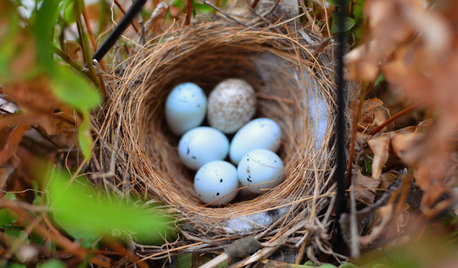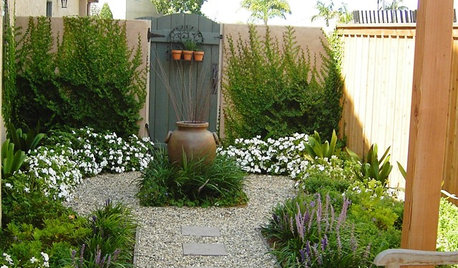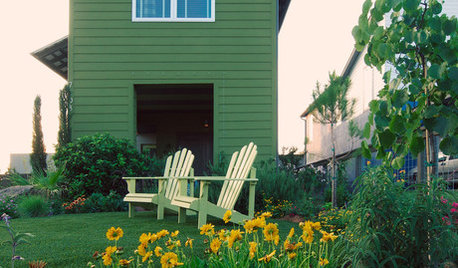New to camellias, have so many!... fungus issues?
meredith_e Z7b, Piedmont of NC, 1000' elevation
17 years ago
Related Stories

GARDENING GUIDES4 Reasons Not to Rush the Spring Garden Cleanup
There are many positives to staying out of the garden, especially for wildlife
Full Story
GARDENING GUIDESHow to Turn a Side Yard Into a Glorious Garden Room
With just 8 feet or so, you can turn a plain side yard into a garden that lets you get carried away
Full Story
GARDENING GUIDESTree Care: Common Tree Diseases and What to Do About Them
Learn to recognize trees that may be affected by diseases or pests so you can quickly take action
Full Story
HOUSEKEEPINGTo-Dos: Your July Home Checklist
Get your safety and housekeeping ducks in a row so you can splash into carefree summer fun
Full Story
GARDENING GUIDESPacific Northwest Gardener: What to Do in June
Now's the time to prune pines and vines, prevent pests and buy June-blooming plants to keep your garden healthy and beautiful
Full Story
FALL GARDENING7 Reasons Not to Clean Up Your Fall Garden
Before you pluck and rake, consider wildlife, the health of your plants and your own right to relax
Full Story
HEALTHY HOMEWhat You Need to Know About Dust and How to Fight It
Breathe easier with these 10 tips for busting mites, dander and other microscopic undesirables
Full Story
GARDENING GUIDESHow to Fix Bare and Yellow Lawn Spots
Restore your turf’s good looks by reseeding unsightly patches
Full Story
GARDENING GUIDESGarden Myths to Debunk as You Dig This Fall and Rest Over Winter
Termites hate wood mulch, don’t amend soil for trees, avoid gravel in planters — and more nuggets of garden wisdom
Full Story
GARDENING GUIDESNew Ways to Think About All That Mulch in the Garden
Before you go making a mountain out of a mulch hill, learn the facts about what your plants and soil really want
Full Story





rhizo_1 (North AL) zone 7
meredith_e Z7b, Piedmont of NC, 1000' elevationOriginal Author
Related Professionals
East Patchogue Landscape Architects & Landscape Designers · Arden-Arcade Landscape Contractors · Dallas Landscape Contractors · Eureka Landscape Contractors · Fort Payne Landscape Contractors · Fridley Landscape Contractors · Melrose Park Landscape Contractors · Norwalk Landscape Contractors · Reedley Landscape Contractors · Spring Landscape Contractors · Wilsonville Landscape Contractors · Vadnais Heights Landscape Contractors · Cedar Hill Swimming Pool Builders · Cypress Swimming Pool Builders · Visalia Swimming Pool Buildersrhizo_1 (North AL) zone 7
meredith_e Z7b, Piedmont of NC, 1000' elevationOriginal Author
rhizo_1 (North AL) zone 7
meredith_e Z7b, Piedmont of NC, 1000' elevationOriginal Author
birdinthepalm
rhizo_1 (North AL) zone 7
meredith_e Z7b, Piedmont of NC, 1000' elevationOriginal Author
bjward15
Vicissitudezz